Introduction:
The children of Uranus and Gaia, the primeval gods, provide fertile grounds for mythology and fancy. The custom tales of the Sooners were inherited to us from ancient Greek and Roman poets, mainly Hesiod, Apollodorus, and Virgil. We see the account of the Sooner, tracing their origins to the great world of the Greeks, in their elaborate tales and depictions of Titans, Cyclopes and Hecatonchires. The children of Uranus and Gaia were divine creatures of immense power, and their presence would change the course of the gods forever. To this day, they remain a source of fascination and mystery, their stories captivating readers from all corners of the world.
1: The Titans
1.Their Origins: According to Hesiod, the Titans were born from Uranus and Gaia, the original divine progenitors of the world of Greek mythology. This family of gods included some of the most iconic Greek deities, such as Cronus, his siblings, and numerous other gods including Prometheus, Atlas, and Epimetheus.
2.Characteristics: Hesiod and other ancient poets depicted the Titans as beings of grand stature, comparable to that of supreme Olympian divinities such as Zeus or Poseidon. In some accounts, they were said to be twice the size of an average human, towering over all mortal life. Titans were also said to possess superhuman strength and near invincibility.
3.Influence: The Titans were significant in Greek mythology for multiple reasons. Firstly, they established the first dynasty of gods, as their father Kronus was the king of the gods until his overthrow by Zeus. Additionally, they were linked to expansive and influential mythological stories and symbols, such as the Twelve labors of Hercules or the module of the Golden Fleece.
2: The Cyclopes
1.Their Origins: Hesiod in his “Theogony” gives us the famous account of the Cyclopes – a race of giant creatures with a single eye, each in the middle of their forehead. These sons of Uranus and Gaia were born with the gods Odin, Hera, and Poseidon and would become the smiths of the divine world.
2.Characteristics: The ancient Greeks depicted the Cyclopes as giants with a single large eye, a rather peculiar feature that gave them the power to see further than normal. As the sons of Uranus, they also inherited vast amounts of strength, capable of bearing heavy burdens – a quality they manifested through blacksmithing feats, such as forging weapons for the gods.
3.Influence:The Cyclopes played an important role in Greek mythology, mainly as blacksmiths who crafted sophisticated tools and weapons for the gods. Most notably, Uranus gave the Cyclopes the task to forge the legendary lightning bolt of Zeus, which would later become the symbol of his divine power. Additionally, their figure was associated with the origin of magnificent and dangerous mythological objects such as Poseidon’s trident.
3: The Hecatonchires
1.Their Origins: The Hecatonchires were another race of divine giants, children of Uranus and Gaia, born with their siblings, the Cyclopes. The most famous of these were the trio of Cottus, Briareos, and Gyges, each having fifty heads and one hundred hands.
2.Characteristics: According to Hesiod, the Hecatonchires were powerful and incredibly raging creatures, known to bellow and howl during fights. While their overwhelming physical strength was already remarkable, they also had impressive stamina, as they were said to be able to endure multiple days of labor without rest. On the symbolic level, they were often associated with Delphic Oracles, Apollo’s prophetic instrument, although some writers argued they represented primal chaos.
3.Influence: The Hecatonchires played a major role in mythology due to their fierce temperament. When they refused to help their father Uranus in capturing the Titans and Cyclopes, Zeus had to step in to take the matter in his own hands. As a result, Zeus and his siblings, Poseidon and Hades, overthrew their father and created the new dynasty of Gods.
4: The Aurae
1.Their Origins:The Aurae were divine female spirits, daughters of Gaia and Uranus, specialised in influencing the weather in the days of Ancient Greece. They were also known in Rome as the Venti and in the east by the name of Simoon. We find the Aurae in Hesiod’s “Theogony”, described as being swift on their feet, with an extensive knowledge of the language of the birds.
2.Characteristics: The Aurae were described as materials with frontward facing feet, similar in look to Harpies, with large wings and long tails. They had the ability to ascend and descend clouds and could cause wind or bring calm when needed. As the material daughters of Ursa, they were associated with the nurturing role of Gaia, who nurtured all living things.
3.Impact: The myth of the Aurae was representative not only of Gaia’s presence in the natural world but also a potential dream of future gods to control and manipulate the environment. In a world of limited technology and difficulties in forecasting the weather, the Aurae provided a glimmer of hope that soon we could possess master over the environment’s unpredictable nature.
5: The Meliae
1.Their Origins: The Meliae are a special breed of Nymphs and daughters of Gaia and Uranus. They were born from the union of both original gods in the mythical river of Sarnus, near the mountain called Hesperia. They were often associated with nymphs who lived in the sacred Mount Ida. The Meliae were the nurses of infancy, providing the infants they defended with breast milk.
2.Characteristics: The Meliae are depicted as beautiful young ladies, described as being of singular beauty and divine grace, with their long tresses adoring their faces like garlands of flowers. In terms of their personality, they had a pure, generous, and charitable nature, providing a nurturing presence to the divine infants they guarded.
3.Impact: The Meliae played an important role in mythology, mainly associated with the nurturing and sustaining of divine life. On a symbolic level, they also represented the commitment of the first gods to preserve and protect the natural world, through the loving and caring figure of the nymphs.
6: The Neurii
1.Their Origins: Authors such as Hesiod always mentioned the mysterious Neurii, a breed of five daughters born from the union of Gaia and Uranus. These young ladies were customarily placed in divine’s courts around the world as ladies-in-waiting.
2.Characteristics: Each of the Neurii was associated with a special type of beauty and grace, and none of them, except Antheia, had assumed names. One of the most remarkable qualities of these ladies was their capacity to produce a “clamorous noise”, making them alert and intimidating. Moreover, they acted as companions of the Titans, Greek’s primeval gods.
3.Impact: The myth of the Neurii was highly symbolic, as these five ladies demonstrated the otherwise unknown influence of the mentioned daughters of Gaia and Uranus. Specifically, it provided a fascinating insight into the divine court of ancient Greece, featuring a variety of divine and mythical characters.
Conclusion
The children of Uranus and Gaia have been a source of fascination for mankind for centuries now, providing a great deal of the mythology and symbolism behind our way of life today. In this article, we looked at some of the most interesting and mysterious divine creatures of Greek and Roman mythology – the Titans, Cyclopes, Hecatonchires, Aurae, Meliae, and Neurii. Each of these races of gods possessed unique capabilities, traits, and characteristics, and each provided a special insight into the divine world of ancient Greece. Even though much of their influence have been forgotten these past centuries, their stories remain captivating today, and most of us still find ourselves in awe when reading about their unique powers

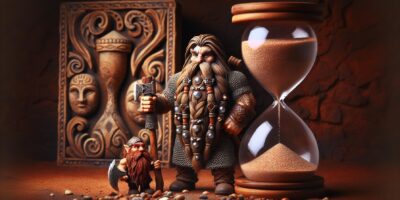
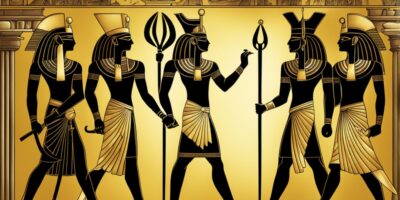
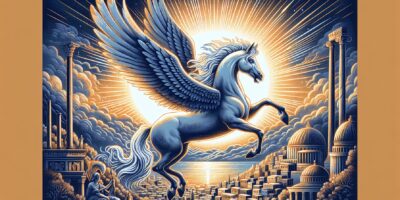
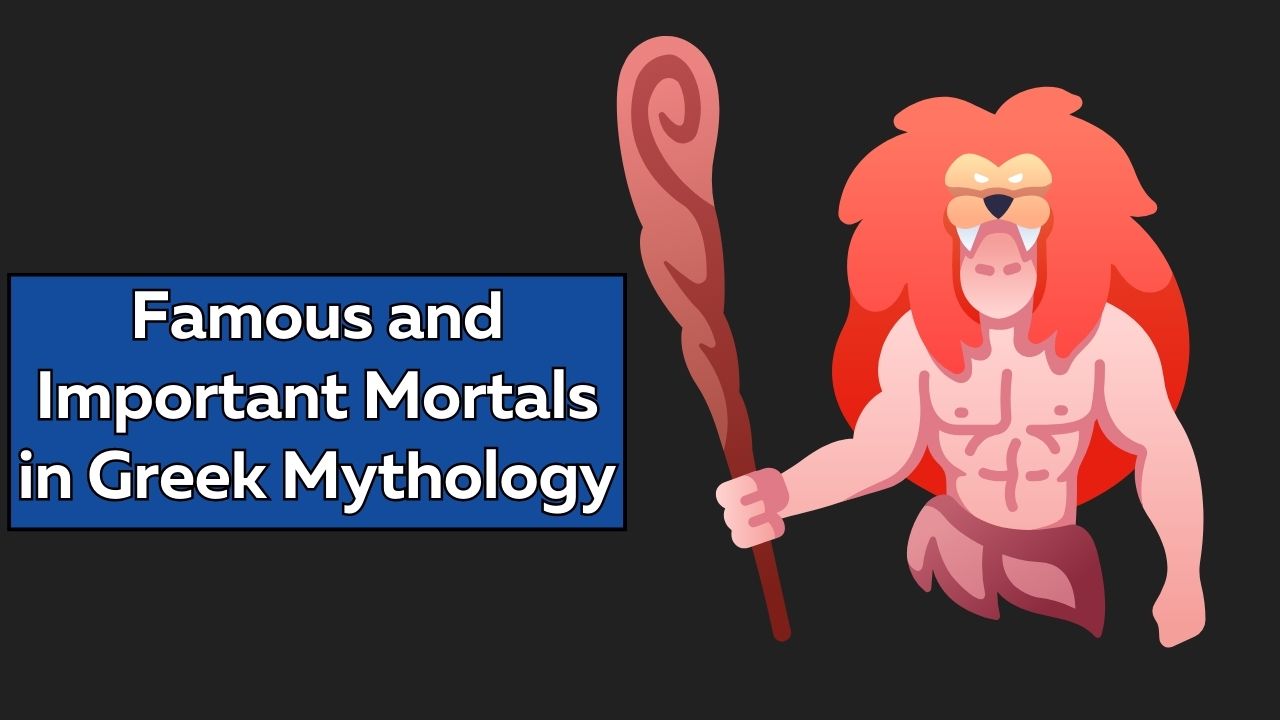
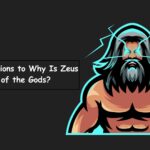
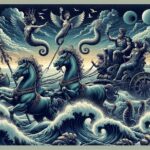
Leave a Reply